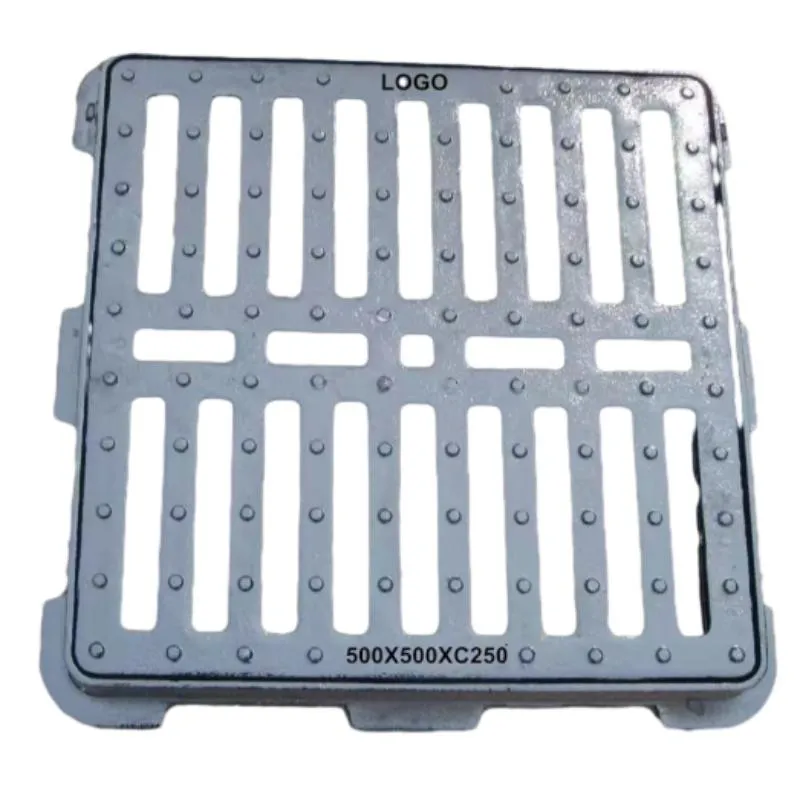pipe patch clamp
Understanding Pipe Patch Clamps An Overview
Pipe patch clamps are versatile and essential tools in various industries, including plumbing, construction, and manufacturing. These clamps are specifically designed to repair, stabilize, and maintain the integrity of piping systems, ensuring that they function effectively and safely over time. With their practical application in different contexts, it’s essential to explore what pipe patch clamps are, how they work, and their advantages.
What Are Pipe Patch Clamps?
Pipe patch clamps are robust mechanical devices that are used to seal leaks or damages in pipelines. Made from durable materials—often stainless steel or other corrosion-resistant metals—pipe patch clamps can handle high pressure and extreme temperatures. They come in different sizes and configurations to accommodate various pipe diameters and types, making them suitable for a wide array of applications.
The primary function of a pipe patch clamp is to provide a quick and effective solution to leaks without the need for extensive repairs or pipe replacements. This feature is particularly beneficial in time-sensitive scenarios where minimizing downtime is critical. By simply applying the clamp around the damaged area, it creates a secure seal that can prevent further loss of fluids or gases.
How Do They Work?
The operation of a pipe patch clamp is fairly straightforward. The clamp consists of two main components the body and the tightening mechanism. The body of the clamp encompasses the damaged section of the pipe, while the tightening mechanism—often a screw or bolt system—facilitates a snug fit around the pipe.
Once placed, the clamp is tightened until a secure seal is formed around the leakage point. This action compresses the material, effectively closing off the leak. Many clamps come with additional features, such as rubber gaskets or seals, which enhance their sealing capabilities by providing extra cushioning and reducing the risk of corrosion.
Installation of a pipe patch clamp is usually simple and does not require specialized tools or skills
. This ease of use makes them a favorite among maintenance teams and DIY enthusiasts alike, as they can often be installed in under an hour, saving both time and labor costs.pipe patch clamp

Advantages of Using Pipe Patch Clamps
1. Cost-Effective One of the most significant benefits of pipe patch clamps is their cost-effectiveness. Instead of undergoing a costly and disruptive pipe replacement, using a patch clamp often provides a cheaper and faster solution to leaks and damage.
2. Time-Saving Repairs can be conducted swiftly—often in less than an hour—minimizing disruption to operations. This factor is particularly critical in industrial settings where downtime can lead to significant financial losses.
3. Versatility Pipe patch clamps can be utilized on various pipe materials, including PVC, copper, and steel. This versatility allows them to be used across different industries and applications, from household plumbing to large-scale industrial projects.
4. Temporary or Permanent Solutions Depending on the severity of the damage, pipe patch clamps can offer temporary fixes until a more permanent repair solution can be implemented. This flexibility makes them invaluable in emergency repairs.
5. Simplicity of Use The straightforward nature of their installation means that even those with minimal mechanical skills can apply pipe patch clamps effectively. This accessibility further enhances their practicality in emergency scenarios.
Conclusion
Pipe patch clamps stand out as a pivotal tool in the maintenance and repair of pipelines across various industries. Their cost-effectiveness, ease of use, and ability to deliver quick solutions make them indispensable in today's fast-paced environments. Whether addressing minor leaks in a household plumbing system or managing significant pipeline repairs in an industrial facility, pipe patch clamps provide reliable support, ensuring that systems remain operational and efficient. Embracing this technology not only enhances maintenance efficiency but also contributes to the longevity and safety of piping infrastructures.
-
The Smarter Choice for Pedestrian AreasNewsJun.30,2025
-
The Gold Standard in Round Drain CoversNewsJun.30,2025
-
The Gold Standard in Manhole Cover SystemsNewsJun.30,2025
-
Superior Drainage Solutions with Premium Gully GratesNewsJun.30,2025
-
Superior Drainage Solutions for Global InfrastructureNewsJun.30,2025
-
Square Manhole Solutions for Modern InfrastructureNewsJun.30,2025
-
Premium Manhole Covers for Modern InfrastructureNewsJun.30,2025
